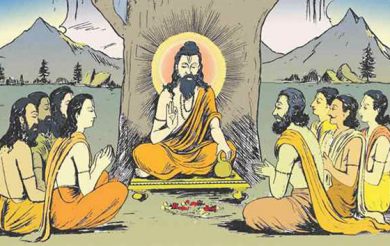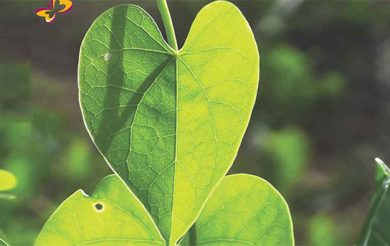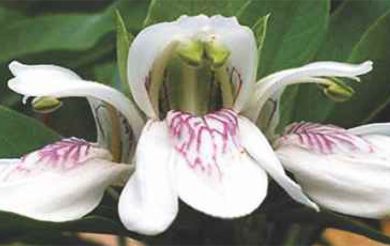Ayurveda For Lifestyle Disorders In Today’s Women
Woman body is complex and delicate, so to improve the health of women, sustainable programs that promote wellness and disease prevention are needed. Hence the advice for today’s youth and women is to take more care and control of their











